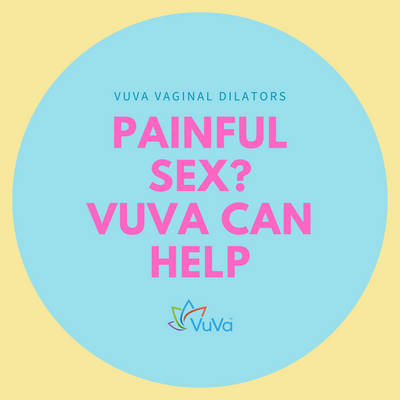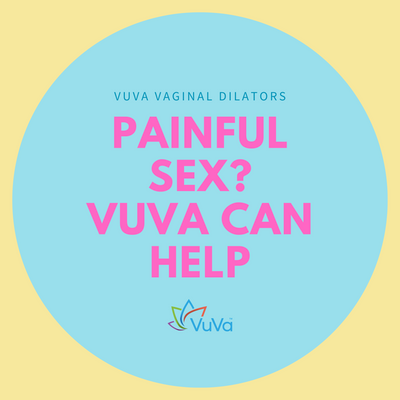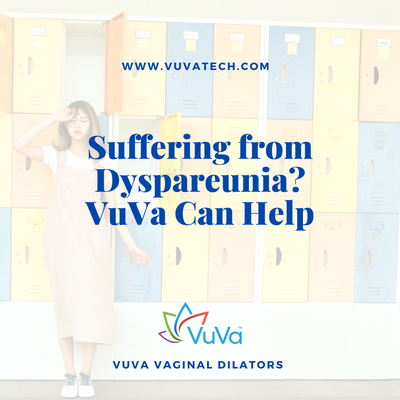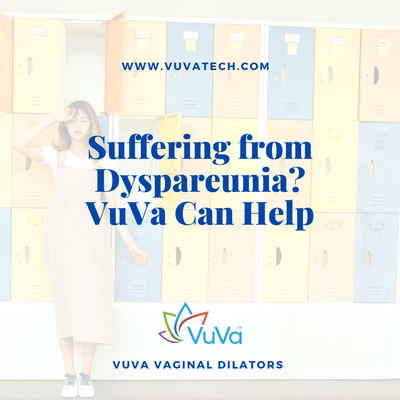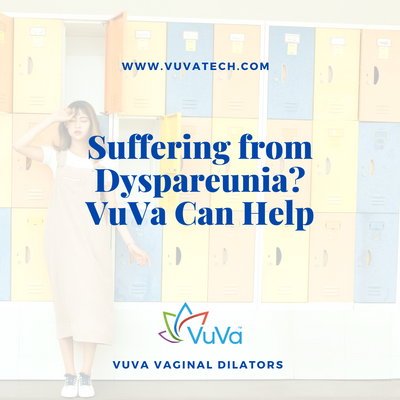
| Caroline Knight
Foods That Help Vulvodynia: The Low-Oxalate Diet
The word ‘vulvodynia’ translates literally to ‘painful vulva’, and the condition leaves sufferers dealing with a range of unpleasant symptoms such as burning, stinging and irritation in the area of the vaginal opening. Successful treatment varies from woman to woman, and finding the right combination can be challenging. Although the causes of vulvodynia are not fully confirmed, experts think that certain dietary factors can play a part in worsening the symptoms. On the plus side, there are also foods that help vulvodynia.
Following what is known as the low-oxalate diet has given many women significant relief from their vulvodynia pain, so in this article we will cover the foods that ease vulvodynia symptoms so that you have every chance at overcoming the condition.
Why low-oxalate foods help vulvodynia
Oxalates (sometimes referred to as oxalic acid) are compounds that found in certain plant foods. They can bind to calcium in the stomach and intestines before being passed out in your stools. If the oxalates don’t bind to the calcium in your body, they can instead travel in your blood to your kidneys, which then expel them via the urinary tract. For most people oxalates aren’t a problem, but for some they can lead to kidney stones, and of course worsened vulvodynia pain in women.
The foods in the low-oxalate diet reduce oxalate buildup in the urine, which can irritate the vulva. It’s also possible that oxalate crystal build-up in the vulvar tissues can irritate and inflame them, so this diet is great for reducing the oxalate build-up and rebalancing the body. Several studies have confirmed that this is the case, however it is worth noting that they found nothing to suggest that a high-oxalate diet increased the risk of developing vulvodynia in the first place.

Which foods are low in oxalate?
If you are struggling with painful symptoms you will want to make sure you aim to eat only the foods that help vulvodynia. It may not be music to the ears of those who prefer to follow a plant-based diet, but aside from certain fruits and vegetables, most low-oxalate foods are animal products.
The following foods are all low in oxalate, containing under 2mg of oxalate in a serving:
- Dairy: cheese, butter, yoghurt, milk, eggs
- Fruits: avocado, banana, mango, cherries, grapefruit, grapes, melon, green and yellow plums, peaches, nectarines, and dried fruits such as raisins
- Vegetables: cabbage, cucumber, mushrooms, peas, chives, cauliflower, endive, kohlrabi, radishes, water chestnuts
- Meat: pork, beef and poultry
- Fish: shellfish
- Starches: barley, corn, rice-based cereals, egg noodles, muffins, pasta, wild rice, white rice
- Dressings and condiments: fresh or dried basil, oregano, peppermint or sage, corn syrup, sugar, honey, jam, Dijon mustard, tomato ketchup, mayonnaise, vegetable oils and salad dressings
You should certainly increase fluid intake when you’re on a low-oxalate diet (drink at least 8 cups of water a day!), but it’s also important to make sure you consume the right drinks for vulvodynia. Aside from water you can indulge in herbal and green teas, as well as juices such as apple juice, grapefruit juice and soda.
You may also want to take some vitamins and supplements that help with vulvodynia, as these can really make a difference. In particular, calcium citrate can reduce oxalate build-up in the urine and tissues, at the same time as assisting in excretion of the excess. Supplementing calcium citrate in combination with eating foods that help vulvodynia has been beneficial for many women, so it’s certainly worth a try!
We hope you found this article helpful. Don’t forget to check out the other articles in our blog for full-spectrum advice on vulvodynia and other women’s health issues!
Do you need to order vaginal dilators so you can start your pelvic floor therapy process? Made in the USA. Visit www.vuvatech.com
VuVa Helpful Links:
How do Neodymium Vaginal Dilators work?
7 Reasons for a Tight Vagina and How to Loosen
How to Relax Vaginal Muscles, Vaginismus & Sex
Vaginal Stretching - Keeping in Shape with Dilators
Do Dilators Really Work? Yes, and They can Improve Your Sex Life!


